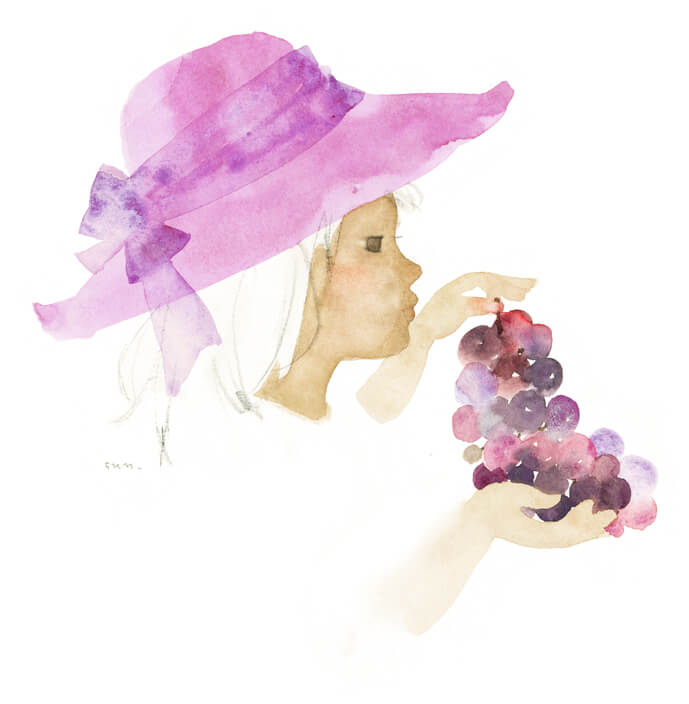
Chihiro Iwasaki, Girl Holding a Bunch of Grapes, 1973
-
Commemorating the 50th Anniversary of Chihiro Iwasaki’s Passing: To All Children Life, Here and There
Commemorating the 50th Anniversary of Chihiro Iwasaki’s Passing
From Chihiro to the children of today and those who were once children—
2024 marks the 50th anniversary of Chihiro Iwasaki’s passing. Over this past half century, the world has changed dramatically, as has the surroundings in which children now find themselves. Against this new backdrop, what do Chihiro’s works tell us today?
Throughout 2024, the Chihiro Art Museum (Tokyo and Azumino) will hold a new exhibition aimed at interpreting Chihiro’s artwork through the three themes of “play,” “nature,” and “peace,” incorporating a modern scientific perspective that both children and adults will want not only to look at but also participate in.
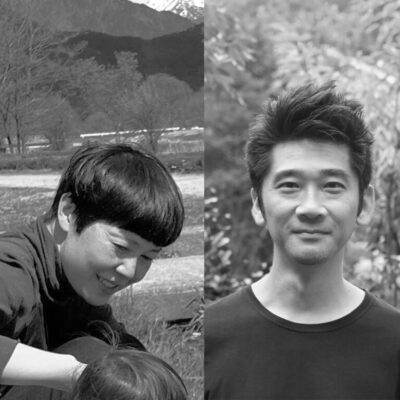
Exhibition Directors: Motoshi Chikamori + Ai Ohara (plaplax)
With a focus on the creation of interactive art, the activities of these artists span a wide range of fields that include exhibition composition, spatial presentation, and video content planning and production. Employing a variety of methods and media, they work to create experiences that make possible creative learning and discovery. In 2018, the two participated in the exhibition series Life—The 100th Anniversary of Chihiro Iwasaki’s Birth: Play plaplax, which was held at Chihiro Art Museum.
https://plaplax.com/
“Innocent children, beautiful nature, a wish for peace.”
These were themes that Chihiro depicted in her artwork throughout her life.
In the year that marks 50 years since her death, when we tried to address these themes anew, we decided to look at them through the eyes of science. But this doesn’t mean that we drew on difficult knowledge and information. Start by taking a close look at what you see in front of you. Accept it as it is. We don’t consider the eye of science to be something just for special people to consider difficult things, but rather a means that anyone can use to transform a familiar landscape into a rich world full of new discoveries. Children, by their nature, likely view the world in this way.
Visitors looking at the works at the venue, touching them, and moving their bodies. Children and adults alike excitedly working their way forward while exclaiming, “Wow! What’s this?” This is the kind of exhibition we wanted to realize.
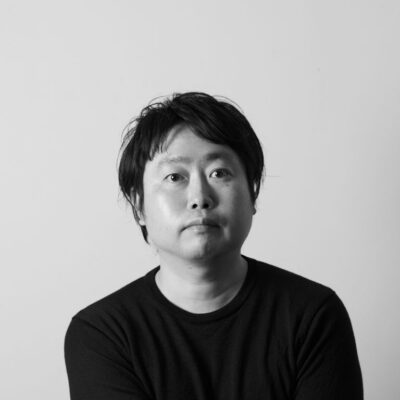
Graphic Design:Tomohiro Okazaki
Tomohiro Okazaki established his own design studio, SWIMMING, in September 2011. Working from a foundation based in graphic design, he flexibly connects such visual communication media as printed materials, video, and exhibitions, and engages in design activities spanning both the cultural and economic realms, regardless of the scale of the work. Okazaki is strongly attracted to the potential of design work as an opportunity to confront unknown worlds and phenomena, to connect with people and society, and to discover and engage with the way the world is perceived and structured.
https://www.swimmingdesign.com/profile/
Chihiro’s illustrations are with us in our lives in the form of books or printed matter. I’m interested in the boundary where our daily lives and her world blend together. I feel the word “richness” applies to the feeling that is borne when the time we live in comes in contact with Chihiro’s world. What I’m trying to achieve in the graphic design of posters and fliers [for the Chihiro Museum’s 2024 exhibitions] is a graphic image as an object or space where Chihiro’s world and our world overlap. Although illustrations exist as two-dimensional objects, they actually exist together with physical things and space. I will attempt to design a state in which illustrations overlap with the world we live in. And I imagine that it would be possible to design a means of melding this perspective into the graphics of the exhibit rooms as well.
When Chihiro Iwasaki was living and creating illustrations in Shimoshakujii, Tokyo, more than five decades ago, Japan was in the midst of rapid economic growth. In the name of development, trees were cut down, rivers were buried, and the number of flowers and plants that were usually seen decreased. Chihiro said, “In my picture books, I try to depict the various kinds of kindness and beauty that have disappeared from the Japan of today.” In saying this, she may also have been expressing the alarm she felt at the loss of nature around her. Fifty years have passed since then, and many living things continue to disappear daily from this earth. We hope that this exhibition will provide visitors with the opportunity to enjoy and consider how we can coexist with different forms of life aside from humans.
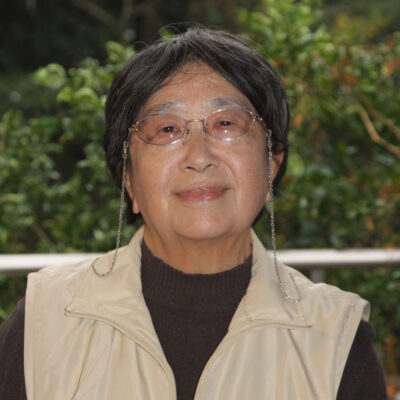
Exhibition Cooperation: Izumi Washitani (Professor Emeritus, the University of Tokyo / ecology & conservation ecology)
Professor Washitani, a Doctor of Science, is the recipient of such awards as the MIDORI Academic Prize and the Achievement Award of the Ecological Society of Japan. She has taught and conducted research in ecology and conservation ecology at the University of Tsukuba, the University of Tokyo, and Chuo University. Her major published books for public include Nippon Shizen Saisei Kiko (Japan Nature Restoration Travelogue), Satoyama—Seibutsu Tayosei to Seitai Moyo (Satoyama—Biodiversity and Ecosystem Patterns), and Seibutsu Tayosei Nyumon (Introduction to Biodiversity) (all from Iwanami Shoten).
The global goal of the Convention of Biological Diversity is “to live in harmony with nature.” Today, we have lost most of the biodiversity of grasslands maintained by periodical burning from the distant past where humans and nature had lived in harmony. I hope that visitors will enjoy viewing these precious illustrations depicting children being familiar with wildflowers, including this day’s endangered species, and bracken, and experience a small “Garden of Mutualism” with real such plants. Also, the color purple that is so appealing in Chihiro’s works is the natural color of ripe fruits and flowers, which plants have evolved to develop mutualistic relationships with animals helping plant reproduction. I hope this exhibition will prove enjoyable to both the senses and the intellect through the various shades of purple on display, from red to blue, as the color of mutualism.
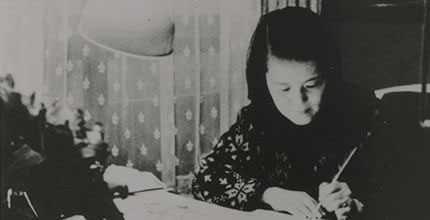



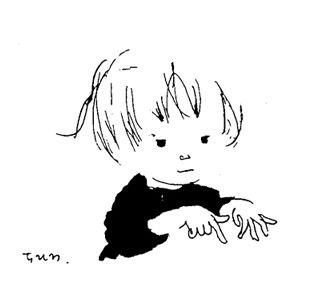
SNS Menu